| [1]Watt FM. Epidermal stem cells as targets for gene transfer.Hum Gene Ther. 2000;11(16):2261-2266.[2]Miller SJ, Burke EM, Rader MD, et al. Re-epithelialization of porcine skin by the sweat apparatus. J Invest Dermatol. 1998; 110(1):13-19.[3]Kolodka TM, Garlick JA, Taichman LB. Evidence for keratinocyte stem cells in vitro: long term engraftment and persistence of transgene expression from retrovirus-transduced keratinocytes. Proc Natl Acad Sci U S A.1998; 95(8):4356-4361.[4]Tumbar T, Guasch G, Greco V, et al. Defining the epithelial stem cell niche in skin. Science. 2004; 303(5656):359-363. [5]Ohyama M, Terunuma A, Tock CL, et al. Characterization and isolation of stem cell-enriched human hair follicle bulge cells. J Clin Invest.2006; 116(1):249-260.[6]Jaks V, Barker N, Kasper M, et al. Lgr5 marks cycling, yet long-lived, hair follicle stem cells. Nat Genet. 2008; 40(11): 1291-1299. [7]Jensen KB, Collins CA, Nascimento E, et al. Lrig1 expression defines a distinct multipotent stem cell population in mammalian epidermis. Cell Stem Cell. 2009; 4(5):427-439.[8]Barrandon Y, Green H. Three clonal types of keratinocyte with different capacities for multiplication. Proc Natl Acad Sci U S A. 1987; 84(8):2302-2306.[9]Pellegrini G, Dellambra E, Golisano O, et al. p63 identifies keratinocyte stem cells. Proc Natl Acad Sci U S A. 2001; 98(6):3156-3161.[10]Kaur P, Li A. Adhesive properties of human basal epidermal cells: an analysis of keratinocyte stem cells, transit amplifying cells, and postmitotic differentiating cells.J Invest Dermatol. 2000; 114(3):413-420.[11]Sun X, Fu X, Sheng Z.Cutaneous stem cells: something new and something borrowed. Wound Repair Regen. 2007; 15(6): 775-785.[12]Blanpain C. Skin generation and repair. Nature. 2010;464: 686-687.[13]Ohyama M. Hair follicle bulge: a fascinating reservoir of epithelial stem cells. J Dermatol Sci. 2007;46(2):81-89. [14]Biedermann T, Pontiggia L, Böttcher-Haberzeth S, et al. Human eccrine sweat gland cells can reconstitute a stratified epidermis. J Invest Dermatol. 2010;130 (8): 1996-2009. [15]Kealey T. The metabolism and hormonal responses of human eccrine sweat glands isolated by collagenase digestion. Biochem J. 1983; 212(1):143-148.[16]Brayden DJ, Cuthbert AW, Lee CM. Human eccrine sweat gland epithelial cultures express ductal characteristics. J Physiol. 1988; 405:657-675.[17]Lei YH, Fu XB, Sheng ZY,et al. A new way for isolation and cultivation of sweat gland ductal cells from human split-thickness skin in vitro. Zhonghua Wai Ke Za Zhi.2009; 47(20):1574-1577.[18]Tao R, Han Y, Chai J, et al. Isolation, culture, and verification of human sweat gland epithelial cells. Cytotechnology. 2010; 62(6):489-495. [19]Chen Z, Pradhan S, Liu C,et al. Skin-Derived Precursors as a Source of Progenitors for Cutaneous Nerve Regeneration. Stem Cells. 2012; 30(10):2261-2270.[20]Johansson CB, Momma S, Clarke DL,et al. Identification of a neural stem cell in the adult mammalian central nervous system. Cell.1999; 96(1):25-34.[21]Hamilton LK, Truong MK, Bednarczyk MR, et al. Cellular organization of the central canal ependymal zone, a niche of latent neural stem cells in the adult mammalian spinal cord. Neuroscience. 2009; 164(3):1044-1056. [22]Sun X, Fu X, Han W, et al. Dedifferentiation of human terminally differentiating keratinocytes into their precursor cells induced by basic fibroblast growth factor. Biol Pharm Bull. 2011; 34(7):1037-45.[23]Lu CP, Polak L, Rocha AS, et al. Identification of stem cell populations in sweat glands and ducts reveals roles in homeostasis and wound repair. Cell. 2012; 150(1):136-150.[24]Toyoshima KE, Asakawa K, Ishibashi N, et al. Fully functional hair follicle regeneration through the rearrangement of stem cells and their niches. Nat Commun. 2012; 3:784. doi: 10.1038/ncomms1784.[25]Biedermann T, Pontiggia L, Böttcher-Haberzeth S, et al. Human eccrine sweat gland cells can reconstitute a stratified epidermis. J Invest Dermatol. 2010; 130(8):1996-2009. |
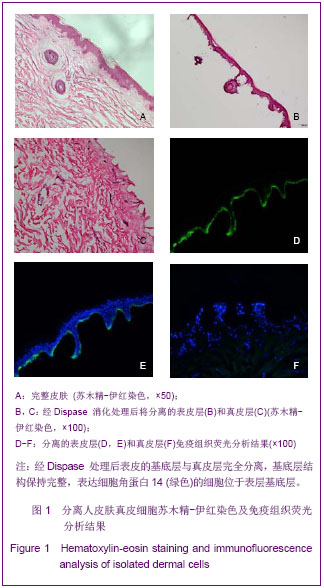
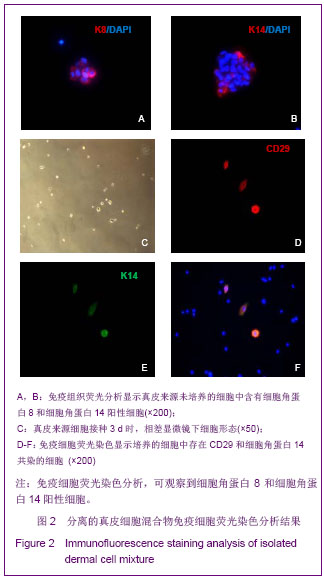
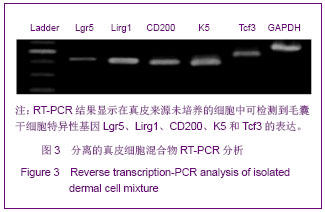
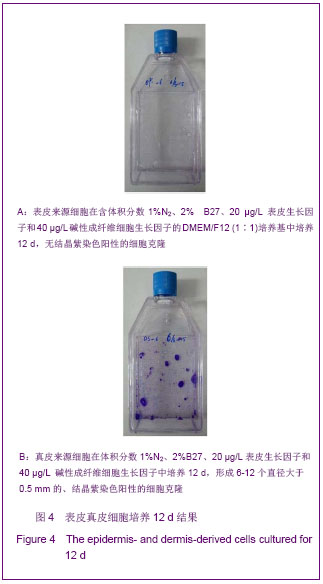
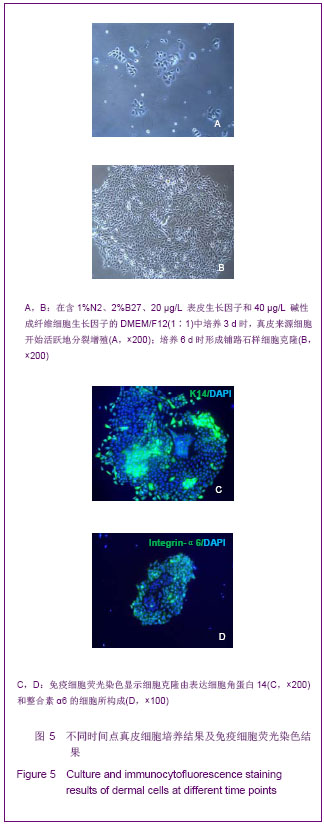
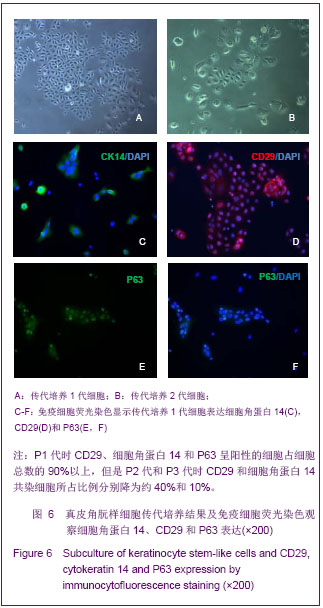
.jpg)
.jpg)